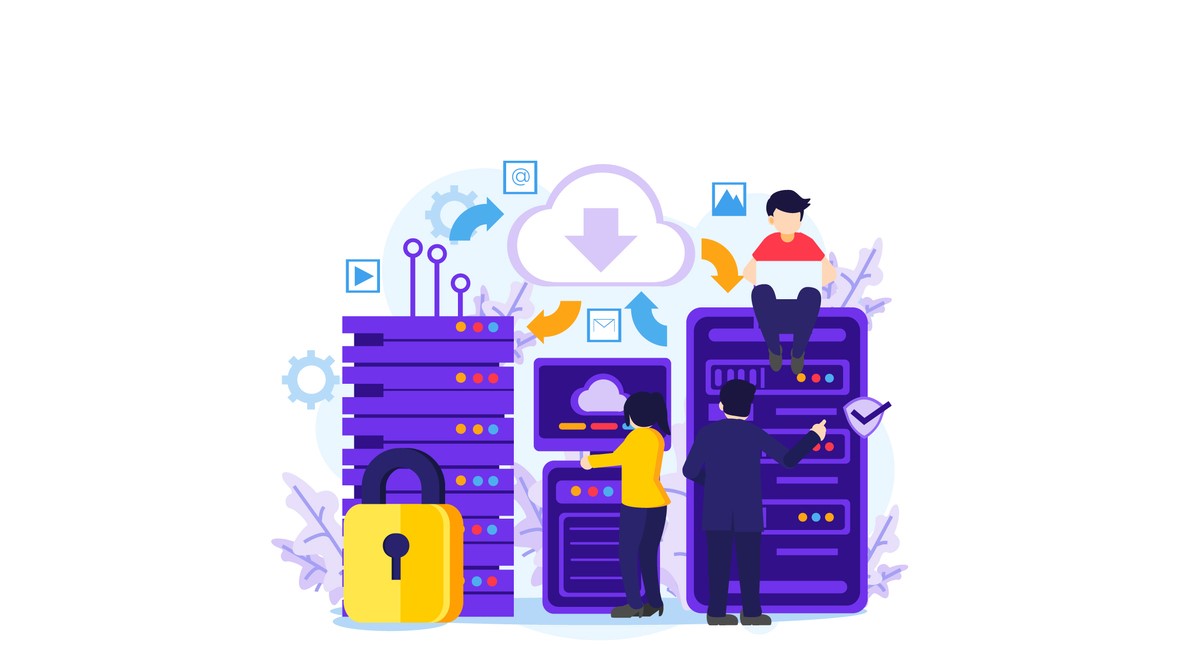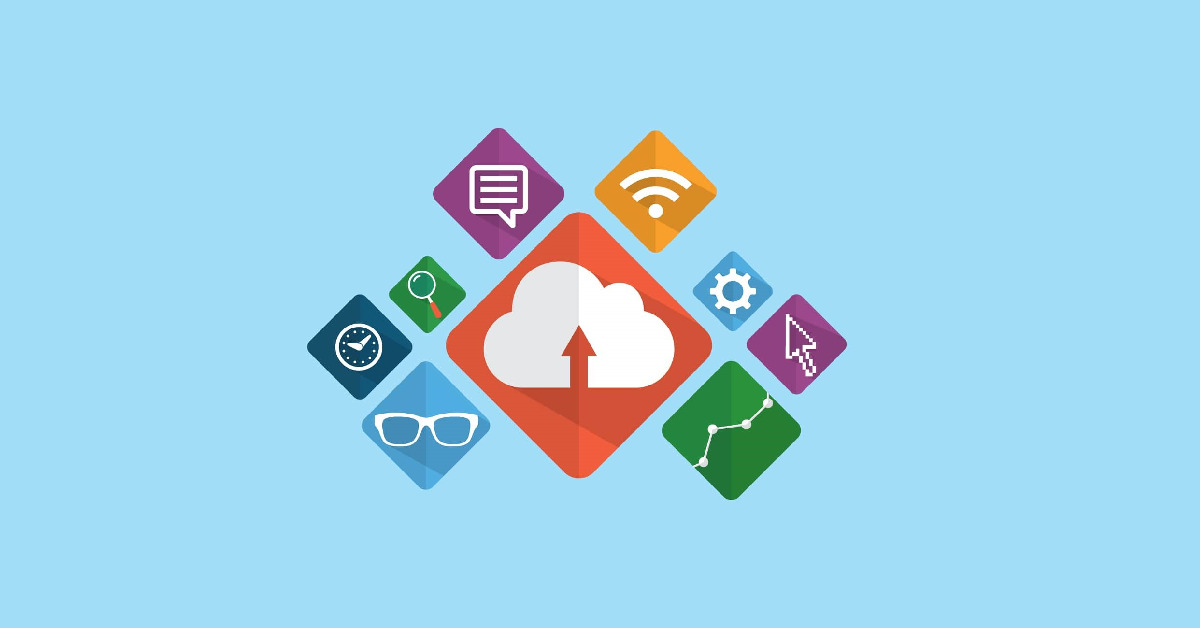Cloud-based disaster recovery (DR) is a strategy that utilises cloud computing services to protect and recover critical and essential business data, applications, and systems in the event of a disaster or a disruptive event.
Traditional disaster recovery solutions often require dedicated hardware and off-site locations, making them costly and complex to manage.
Meanwhile, cloud-based DR offers a more flexible and cost-effective alternative by leveraging the power and scalability of the cloud.
Read More: Cloud Hosting Malaysia: 6 Cloud Benefits For Businesses
Key Features of a Cloud-Based Disaster Recovery System
A cloud-based disaster recovery strategy allows organisations to securely replicate and store their vital data and applications in off-site, geographically diverse cloud data centres.
By doing so, they can ensure that during a situation where their primary systems get affected, their data remains safe and recoverable, enabling easy restoration and uninterrupted business continuity.
Here are some important features of a cloud-based recovery system:
Data Replication and Redundancy
Firstly, cloud providers offer data replication and redundancy across multiple data centres and geographic regions. This ensures that company data is stored safely and is recoverable even if one data centre experiences an outage.
Cost-Effectiveness
Cloud-based DR also dismisses the need for specific hardware and infrastructure, which reduces capital expenses. Organisations can pay for the resources they use on a subscription or pay-as-you-go basis.
Scalability
Additionally, cloud DR allows organisations to scale their recovery resources up or down based on their changing needs. This is particularly useful in handling sudden spikes in demand during disaster scenarios.
Faster Recovery Times
In addition, cloud providers offer robust infrastructure and network capabilities. This enables an even more time-efficient data restoration and recovery process compared to traditional recovery methods.
Automation and Orchestration
Cloud-based disaster recovery solutions often come with automation and orchestration features that streamline the recovery process. This ensures that the right systems and data are restored in the correct order.
Geographic Independence
Businesses can also recover their systems and data in different geographic regions. This ensures that they are not solely reliant on a single physical location for recovery.
Testing and Validation
Most importantly, cloud providers generally offer tools and features for testing and validating the disaster recovery process without affecting production environments. This allows organisations to ensure the effectiveness of DR plans.
Read More: Disaster Recovery Testing Malaysia: Why Regular Drills Are Essential
Simplified Management
Moreover, cloud-based DR solutions are often managed through a centralised console. This makes it easier to monitor, configure, and maintain the disaster recovery infrastructure.
Security and Compliance
Lastly, reputable cloud providers implement stringent security measures to protect data and comply with industry standards and regulations. This compliance enhances the overall security posture of the disaster recovery environment.
Despite its advantages, cloud-based disaster recovery does have some considerations. For instance, businesses must carefully select a reliable and trustworthy cloud provider, assess their specific recovery time objectives (RTOs) and recovery point objectives (RPOs), and consider network bandwidth requirements for data replication.
Read More: Cloud Backup vs Cloud Storage: What’s the Difference?
Why is Cloud-Based Disaster Recovery Important?

Cloud-based disaster recovery is a very crucial process for businesses and organisations considering today’s digital landscape. Disasters and disruptions can strike at any time, ranging from natural calamities to cyber-attacks and system failures.
Without a robust disaster recovery plan, companies risk losing critical data, applications, and valuable uptime, leading to severe financial losses and damaging their reputation.
Cloud-based disaster recovery addresses these risks by providing a comprehensive and reliable solution for data protection and business continuity.
By leveraging the cloud’s scalability, redundancy, and geographic diversity, businesses can securely replicate and store their crucial data and applications in multiple off-site locations.
This redundancy ensures that data remains available even if one data centre faces an outage or disaster, safeguarding against localised disruptions.
Furthermore, cloud-based disaster recovery eliminates the need for extensive upfront capital investments in hardware and infrastructure, making it an accessible option for businesses of all sizes.
The pay-as-you-go model allows organisations to optimise costs and allocate resources efficiently, providing an economical and sustainable disaster recovery solution.
Automation and orchestration capabilities streamline the recovery process, reducing downtime and human errors during restoration.
Frequent testing and validation ensure that disaster recovery plans are reliable and up-to-date, helping businesses maintain compliance with data protection regulations.
Read More: Backup and Disaster Recovery, how they work hand-in-hand
Highly Secure Cloud-Based Disaster Recovery with Aegis
In conclusion, cloud-based disaster recovery offers a strategic advantage for modern organisations by enhancing their resilience in the face of uncertainties.
As businesses continue to navigate a dynamic and ever-changing landscape, DR remains a crucial investment in safeguarding their digital future.
We at Aegis recognise the importance of this. Hence, we strive to provide robust cloud-based disaster recovery as a part of our diverse range of secure backup services. Reach out to us to learn more!












